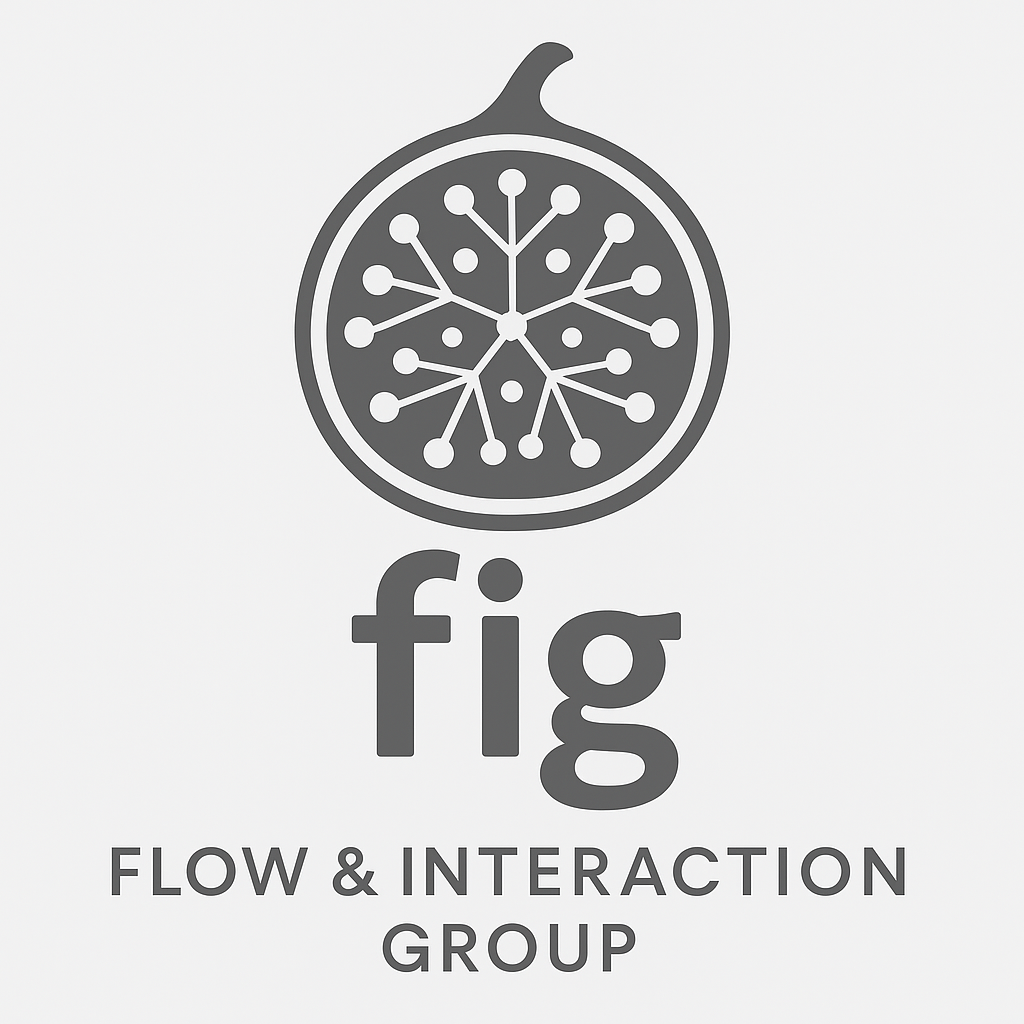Benthic: Making Diagrams Make Sense Through Screen Readers
Charts and diagrams aren’t just pictures—they’re structures. Boxes contain other boxes; arrows connect ideas; groups form wholes. Sighted readers pick up these relationships at a glance. Screen reader users, meanwhile, are too often given a flat wall of alt text.
In our latest and greatest work in collaboration with the MIT Visualisation Group, Benthic, we align what you feel through a screen reader with what’s there in the graphic. Instead of forcing every diagram into a single tree or a simple network, Benthic models diagrams as hypergraphs. That lets us capture both containment (part–whole, nesting) and adjacency (connections) at the same time—then turn that structure into a fluid, reversible navigation you can skim, zoom into, and back out of without losing your place. We call this alignment perceptual congruence: the navigational structure matches the graphic’s inherent structure.
We evaluated Benthic with 15 blind participants across common diagram types. People used it to form clear mental models faster, switch strategies mid-stream (overview → detail → compare), and stay oriented as they explored.
Our takeaway: accessibility shouldn’t flatten structure. When screen reader navigation mirrors a diagram’s true relationships, exploration becomes natural, confident, and efficient—bringing charts and diagrams within reach as rich, learnable spaces rather than long paragraphs to endure.

